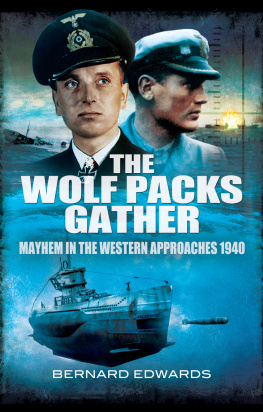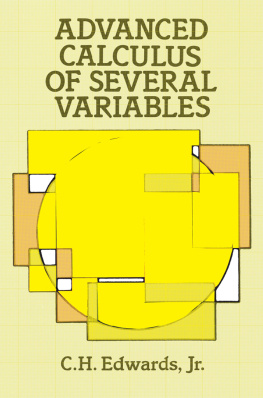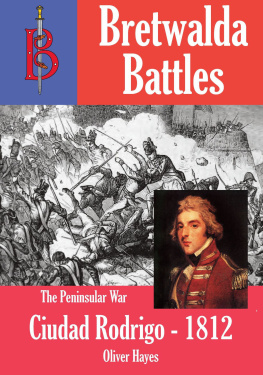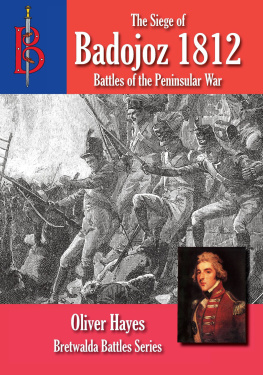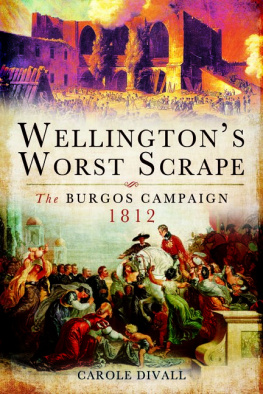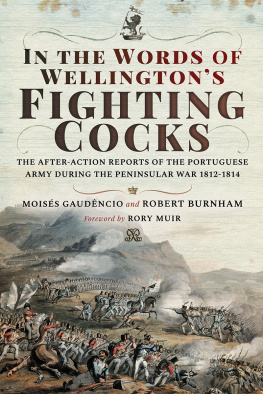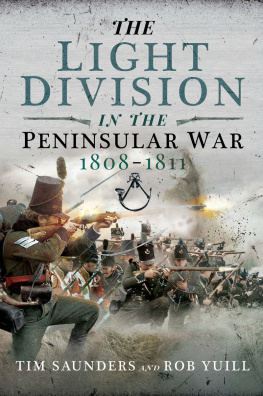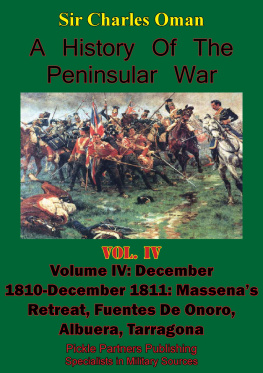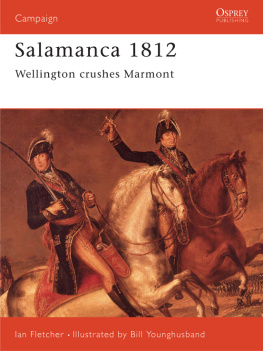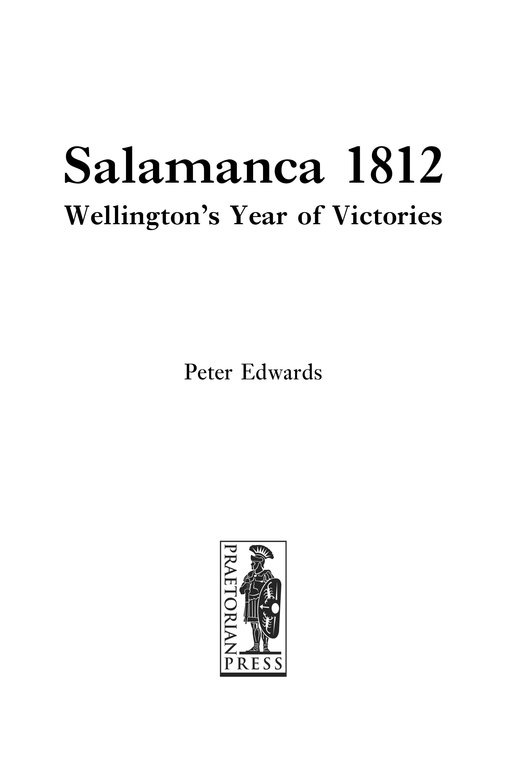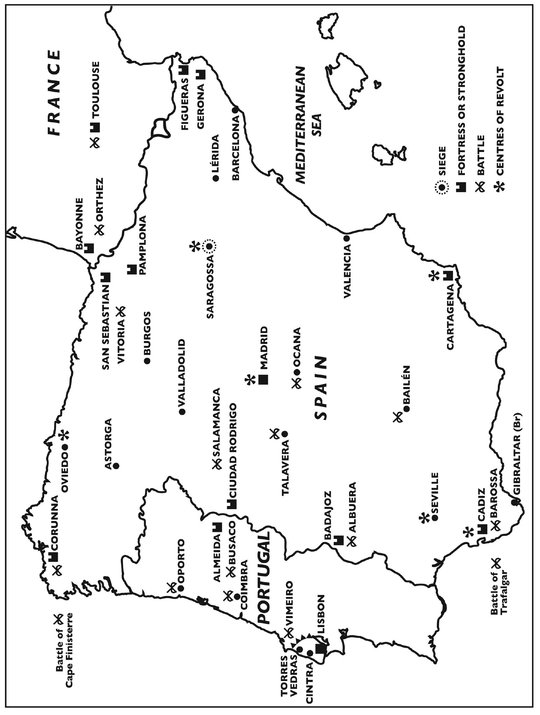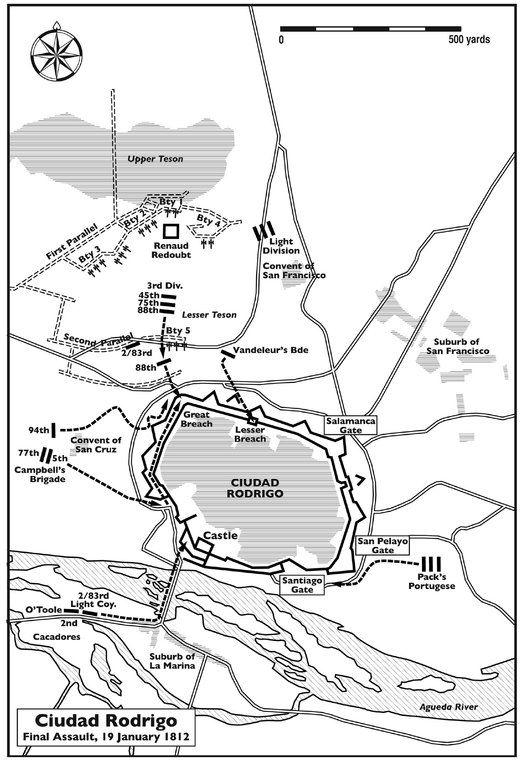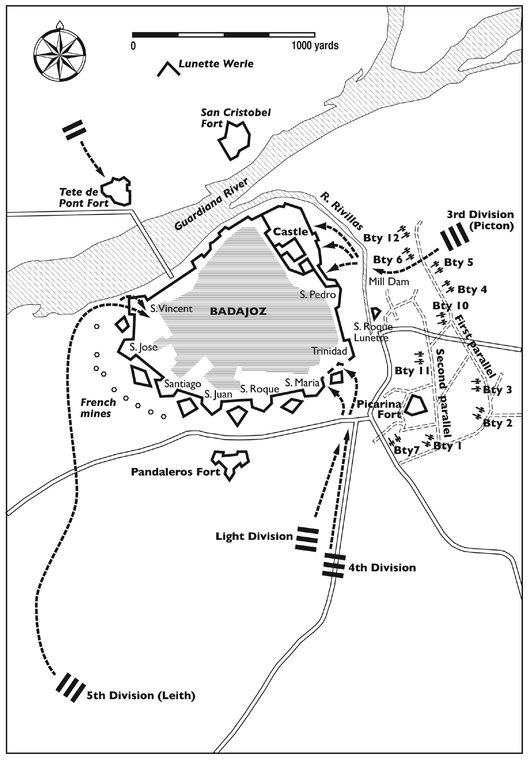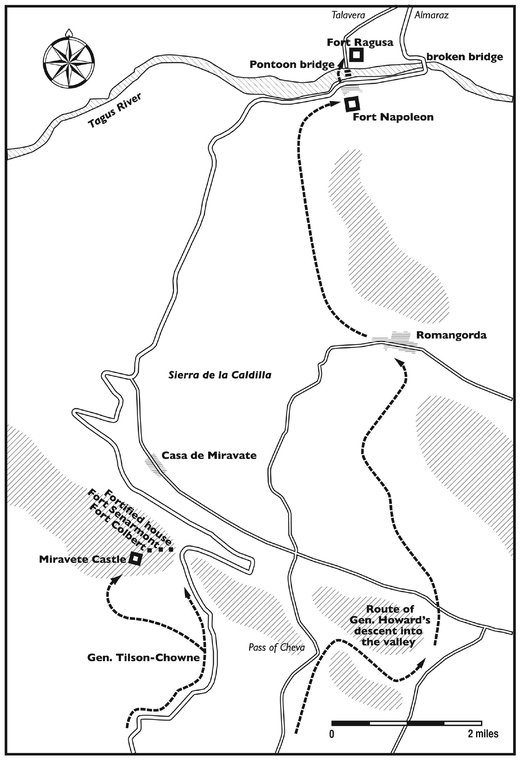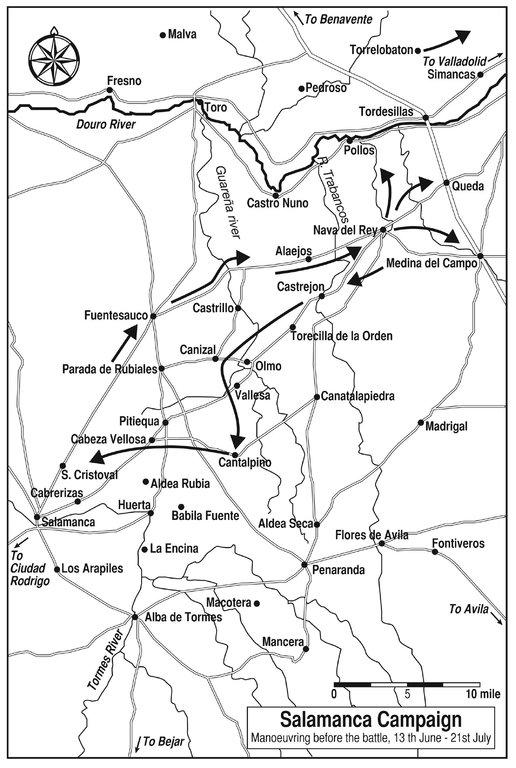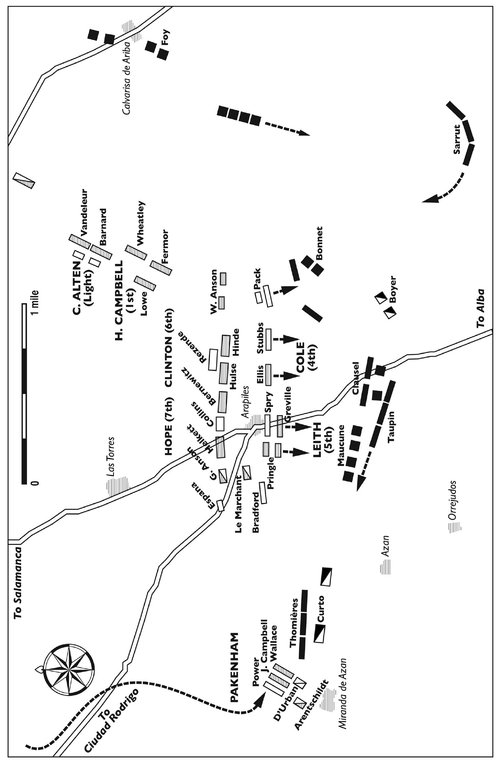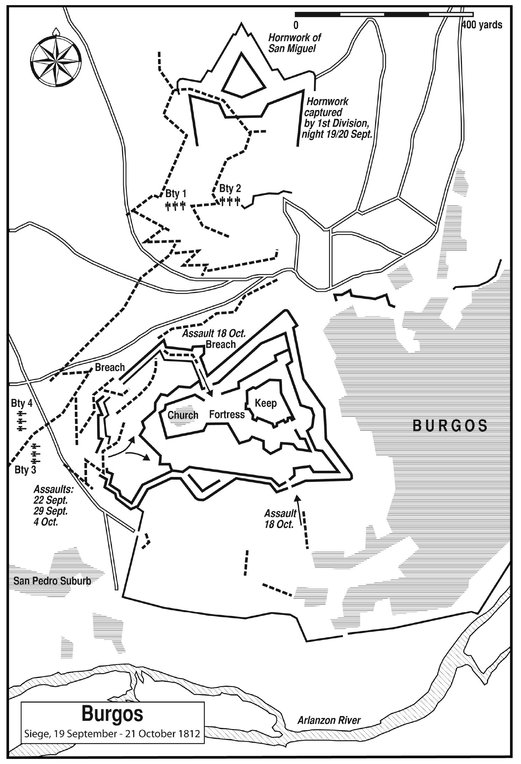First published in Great Britain in 2013 by
The Praetorian Press
an imprint of
Pen & Sword Books Ltd
47 Church Street
Barnsley
South Yorkshire
S70 2AS
Copyright The Estate of Peter Edwards 2013
9781783830343
The right of Peter Edwards to be identified as Author of this Work has been asserted by him in accordance with the Copyright, Designs and Patents Act 1988.
A CIP catalogue record for this book is
available from the British Library.
All rights reserved. No part of this book may be reproduced or transmitted in any form or by any means, electronic or mechanical including photocopying, recording or by any information storage and retrieval system, without permission from the Publisher in writing.
The publishers would like to thank Tim Saunders and Andrew Duff of BHTV for providing the modern photographs in the plate section.
Typeset in 11/12.5 Ehrhardt by Concept, Huddersfield, West Yorkshire
Printed and bound in England by CPI Group (UK) Ltd, Croydon, CRO 4YY
Pen & Sword Books Ltd incorporates the Imprints of Pen & Sword Aviation,
Pen & Sword Family History, Pen & Sword Maritime, Pen & Sword Military,
Pen & Sword Discovery, Wharncliffe Local History, Wharncliffe True Crime,
Wharncliffe Transport, Pen & Sword Select, Pen & Sword Military Classics,
Leo Cooper, The Praetorian Press, Remember When, Seaforth Publishing and Frontline Publishing.
For a complete list of Pen & Sword titles please contact
PEN & SWORD BOOKS LIMITED
47 Church Street, Barnsley, South Yorkshire, S70 2AS, England
E-mail: enquiries@pen-and-sword.co.uk
Website: www.pen-and-sword.co.uk
Maps
Map 1: The Peninsular War: Portugal, Spain and south-western France showing principal battles, sieges, fortresses or strongholds and places of revolt.
Map 2: Ciudad Rodrigo: Final Assault, 19 January 1812.
Map 3: Badajoz: Assault, 6 April 1812.
Map 4: Almaraz, 19 May 1812.
Map 5: Salamanca Campaign: Manoeuvring before the battle, 13 June to 21 July 1812.
Map 6: Salamanca: Early Moves, 22 July 1812.
Map 7: Battle of Salamanca, 22 July 1812.
Map 8: Salamanca: Le Marchants Charge.
Map 9: Burgos: Siege, 19 September to 21 October 1812.
Map 1: The Peninsular War: Portugal, Spain and south-western France showing principal battles, sieges, fortresses or strongholds and places of revolt.
Map 2: Ciudad Rodrigo: Final Assault, 19 January 1812.
Map 3: Badajoz: Assault, 6 April 1812.
Map 4: Almaraz, 19 May 1812.
Map 5: Salamanca Campaign: Manoeuvring before the battle, 13 June to 21 July 1812.
Map 6: Salamanca: Early Moves, 22 July 1812.
Map 7: Battle of Salamanca, 22 July 1812.
Map 8: Salamanca: Le Marchants Charge.
Map 9: Burgos: Siege, 19 September to 21 October 1812.
Preface
I look upon Salamanca, Vitoria and Waterloo as my three best battles those which had great and permanent consequences.
My Regiment, the 48th (Northamptonshire), fought with Lord Wellington throughout his Peninsular campaigns of 1808 14, notwithstanding in his unfortunate absence from that fatal hill near Albuera in 1811, our 2nd Battalion was well and truly knocked over, as were the Buffs, the Worcesters, the Middlesex and the Berkshires. By 2pm that wet afternoon we were twenty-five men lined up fit for duty, of 413 who had eaten breakfast. Over the years, the 48th were awarded thirteen Peninsular Battle Honours, absent from parade only at Rolia, Vimeiro, Fuentes, and Ciudad Rodrigo. Our part in the campaigns of 1809 and 1811 have been set out in my two earlier histories, wherein the crossing of the Douro and the bloody battles of Talavera and Albuera rightly formed a large part of those accounts; but I also endeavoured to give a fairly accurate picture of the confrontations at Rolia, Vimeiro, Barrosa, Campo Major, Sabugal, Los Santos, Fuentes, the 1811 Sieges of Badajoz and El Bodon.
I turn now to the pivotal year of 1812, with Napoleon safely self-wrapped in his faraway Russian adventure. And what a year it was to be: the surgical capture of Ciudad Rodrigo, that northern key to the long road to the Pyrenees (or a Portugese haven, if things went wrong); the shockingly unsurgical storm of Badajoz and its subsequent sacking, entirely of the unpopular Spanish inhabitants and their property; the near destruction of Marmonts Army of Portugal and French fighting morale thereafter at Salamanca oh! what a victory!; the triumphant entry into Madrid; the step-too-far at Burgos; and the closing of the year with that humiliating withdrawal which in various respects echoed Corunna, Mons, Dunkirk and episodes in the Western Desert. That the year ended on a sour note seems obvious, yet after Salamanca no French general would now cheerfully tangle with our Atty. The strategic initiative had already shifted to him the previous year, from the Lines onwards; now his superb generalship around the Arapiles, and the staunch qualities of his infantry and their mounted comrades, present for our admiration what must surely be his finest victory. Yet while it was a testament to the previous four years of learning, it was far more than a repetition of the defensive superiority of the line versus column, of the proven sequence of volley-cheer-charge emerging from a reverse slope, and of the formidable squares so adeptly formed and which no French cavalry could breach. For at Salamanca we attacked with both foot and horse, and we smashed them, and so showed we were the complete, all-purpose fighting machine.
In the space of an hour at Salamanca, Lord Wellington demonstrated by his superb tip-toe balance his ready ability to fight a wide range of tactical scenarios. Having encouraged mystery in Marmonts mind, by moving overnight to place his mass just so, behind a ridge, at first light they were largely hidden. Thus Marmont was invited to guess their numbers, position and intentions. He held ground so lightly one of the hardest things to do that he effectively dared Marmont to attack. By 2pm, having stifled his frustration himself to attack, he was entirely ready to withdraw in the face of both turning and frontal movements, while so defensively placed by 2.30pm that the latter had no chance of success. The former the puzzling march by Thomires allowed that further versatility which would mark this day forever. At 2.45pm when his telescope whispered to him By God, that will do, he was able to transform his stance yet again into the stunning flank march by Pakenham and the stirring order to Le Marchant You must charge at all hazards and which in Philip Guedallas terse words was to launch twenty-eight battalions against seventy-eight and send them reeling eastwards into Castille ... the Army of Portugal hurried to shelter with a loss of 15,000 men and twenty guns. One of the hurrying divisions was ably commanded by the thirty-seven-year-old General Foy, who six days later in his diary wrote handsomely of the conqueror of Salamanca:


